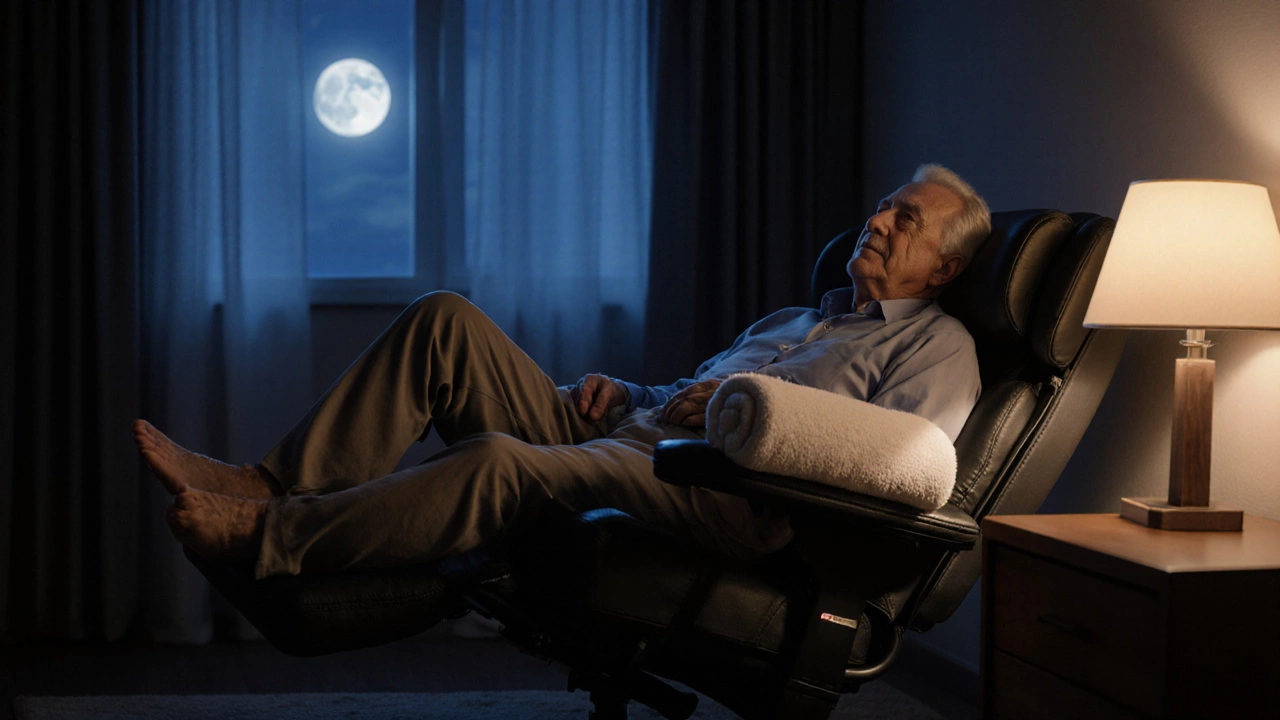
Is It Safe to Sleep in a Recliner Every Night?
Sleeping in a recliner every night isn't ideal for your spine or circulation, but it can be safe with the right setup. Learn when it's okay-and when to switch back to a bed.
When you sleep in recliner, a seated chair designed to tilt back and support the legs. Also known as a reclining chair, it’s meant for short rests—not full-night sleep. But millions do it anyway, especially older adults or people with back pain. The problem? Your spine isn’t designed to stay bent at a 135-degree angle for hours. That position squeezes your lower back, flattens your neck curve, and cuts off blood flow to your legs. It’s not just uncomfortable—it’s medically risky.
Leg circulation, how well blood moves through your lower limbs, takes a hit when your knees are bent higher than your hips for too long. That’s why people wake up with numb feet or aching calves after sleeping in a recliner. Ergonomic recliner, a chair with adjustable lumbar support, footrest, and zero-gravity positioning models can help, but only if they let your spine stay neutral. Most cheap recliners don’t. Chiropractors don’t recommend flat, soft models—they look for ones that keep your pelvis tilted forward and your knees slightly below your hips. That’s the only way to avoid tightening your hip flexors or pinching your sciatic nerve.
It’s not just about the chair. It’s about how long you stay in it. Sleeping in a recliner for 30 minutes after dinner? Fine. Sleeping there all night? That’s a habit that leads to stiffness, poor posture, and worse back pain over time. If you’re doing it because your bed hurts, the fix isn’t more recliner time—it’s finding a mattress that supports your spine properly. Or upgrading to a recliner built for sleep, not just lounging.
Below, you’ll find real insights from people who’ve dealt with leg pain, back issues, and sleep struggles linked to their recliner. We’ve pulled together guides on what chiropractors actually recommend, how recliners affect your circulation, and why walking after sitting feels so hard. No fluff. Just what works.

Sleeping in a recliner every night isn't ideal for your spine or circulation, but it can be safe with the right setup. Learn when it's okay-and when to switch back to a bed.